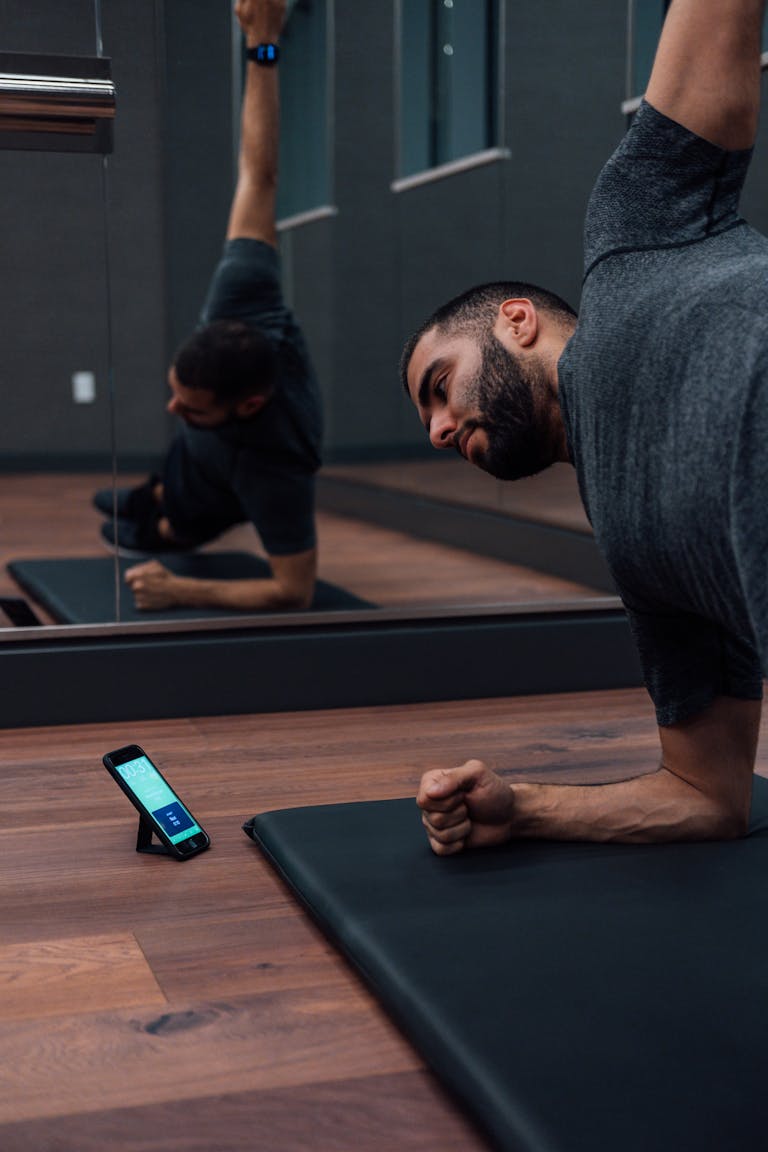There is a stubborn myth that every hard run or ride spends the heart like a coin purse. New research flips that idea on its head: fitter people actually log fewer total heartbeats across a day, even when they train hard.
The result is a simple, elegant picture of efficiency—one that could help explain why active people tend to live longer and feel better.
From folk wisdom to physiology
The notion that the body has a fixed stock of heartbeats, and that exercise “uses them up,” has floated around for decades. It was popularized in recent years by Donald Trump, who likened the body to a battery that loses charge with exertion.
Physiology tells a different story. Regular training strengthens the heart muscle, boosts stroke volume (the blood pumped with each beat), and fine-tunes the balance of the nervous system that controls heart rate. The result is a slower resting heart rate and a cardiovascular system that does more with less—especially during the 23 hours of the day when you are not working out.
The study that counted every beat
In research published in JACC: Advances, a team led by sports cardiologist Professor Andre La Gerche of the Victor Chang Cardiac Research Institute and St Vincent’s Institute of Medical Research tracked the heart rhythms of 147 adults: 109 athletes and 38 non-athletes. Participants wore continuous heart-rate monitors, allowing the scientists to tally not just workout spikes but the quiet beats of rest, work, meals, and sleep.
The numbers were striking. Across a 24-hour window, athletes averaged 68 beats per minute, while non-athletes averaged 76. Scaled to a day, that is roughly 97,920 heartbeats for athletes and 109,440 for non-athletes—about 10 percent fewer beats for those who train.
“That’s a saving of around 11,500 beats a day,” said Professor La Gerche. “Even though athletes’ hearts work harder during exercise, their lower resting rates more than make up for it.”
Among the fittest participants, resting heart rates dipped as low as 40 beats per minute, versus common averages in the 70–80 range. The takeaway: over an entire day, it is not the hours of training that dominate the total, but the many more hours when a trained heart simply does not need to beat as often.
Why fitness means fewer beats
Endurance and regular aerobic exercise trigger well-documented adaptations. The heart’s chambers enlarge modestly, the muscle walls strengthen, and each contraction moves more blood. The parasympathetic (vagal) side of the nervous system becomes more dominant at rest, nudging the heart rate downward without compromising oxygen delivery.
These changes are visible in everyday life. A brisk walk that once nudged your heart to 110 beats per minute may, after a few months of training, demand only 95. Sleep becomes a nightly showcase for efficiency: deeper rest, lower heart rate, and steadier rhythms. Add it up over days and months, and you get fewer total beats—without sacrificing performance or health.
“The fitter you are, the more metabolically efficient your body becomes,” Professor La Gerche explained. “Even if you’re training hard for an hour a day, your heart beats more slowly for the other 23 hours. The net effect is fewer beats used overall.”
What fewer daily beats do—and do not—mean
This study does not prove that we have a fixed lifetime allotment of heartbeats or that saving beats directly adds years. Hearts do not wear out like odometers. Instead, total beats are a compelling proxy for cardiovascular efficiency—one that aligns with a large body of evidence connecting lower resting heart rate to lower risk of heart disease and death.
As with any observational work, nuance matters. There are healthy and unhealthy reasons for a low heart rate. Well-trained athletes commonly sit in the 40s or 50s at rest without symptoms. But bradycardia can also stem from medications or medical conditions. Context—particularly how you feel and perform—matters as much as the number itself.
The study also acknowledges that extreme endurance bouts can temporarily raise daily heartbeat counts. Tour-level stage racing, for instance, is an outlier. For ordinary people, the risk-benefit equation tilts decisively toward regular, moderate activity.
“Exercise is strongly linked with improved mental health, longer lifespan and lower rates of heart disease,” La Gerche said. “The biggest bang for your health buck is going from unfit to moderately fit. Just a few hours of purposeful exercise each week can transform your heart’s efficiency and help make every beat count.”
Putting the findings to work
You do not need an athlete’s training schedule to reap the benefits. What matters most is consistency and progression—doing a bit more, a bit more often, and giving your heart a reason to adapt.
- Accumulate at least 150 minutes of moderate aerobic activity each week, such as brisk walking, cycling, or swimming, and include muscle-strengthening sessions on two days.
- Build movement into your day: take the stairs, walk short errands, and stand up regularly if you sit for long stretches.
- Track trends, not single numbers. Resting heart rate tends to drift downward as fitness improves; temporary bumps during illness, travel, or stress are common.
- Prioritize recovery—sleep, hydration, and balanced nutrition—so the heart’s daily workload stays low when you are off the clock.
The appeal of the “finite heartbeats” myth is its simplicity. The reality is more empowering: with regular movement, your heart learns to do the same job with fewer beats, reserving effort for when you truly need it.







